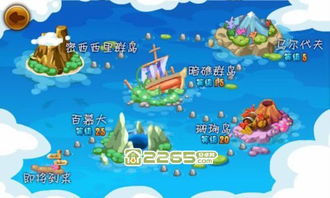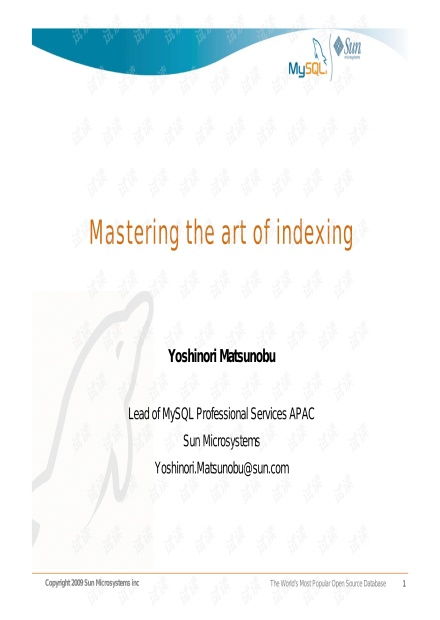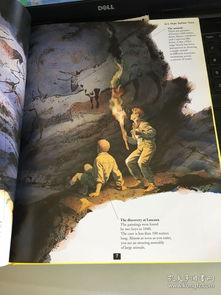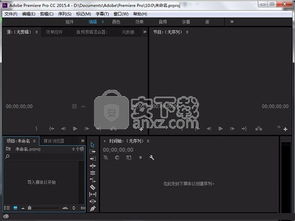Content:
Summer is a delightful time for fishing enthusiasts, as the warm weather brings abundant fish activity. However, to make the most of your summer fishing trips, it is crucial to master the art of finding the bottom line. This article will provide you with valuable tips and techniques to help you locate the perfect spot for successful fishing during the summer season.
Choose the Right Location
Selecting the right fishing spot is the first step in finding the bottom line. Look for areas with a good reputation for summer fishing, such as lakes, rivers, or streams. Pay attention to the following factors:
- Accessibility: Ensure that the location is easily accessible, especially during the summer when you may need to visit multiple spots in a single day.
- Depth: Choose a location with varying depths, as fish tend to congregate in areas with different depths during the summer.
- Cover: Look for spots with natural or artificial cover, such as rocks, logs, or weed beds, as these areas often attract fish.
Study the Map
Before heading out, study the map of the fishing location to identify potential hotspots. Maps can provide valuable information about underwater structures, such as rocks, drop-offs, and weed beds. Pay attention to the following features:
- Depth contours: Identify areas with sharp changes in depth, as these spots often hold fish.
- Structure: Look for underwater structures, such as rocks, ledges, or humps, which can serve as excellent fishing spots.
- Vegetation: Note areas with dense vegetation, as these spots can provide excellent cover for fish.
Time Your Visit
Timing is crucial when it comes to finding the bottom line during the summer. Fish tend to be more active during certain times of the day. Here are some tips to help you determine the best time to fish:
- Early morning: Fish are often most active during the early morning hours, as they feed before the sun gets too hot.
- Late afternoon: Fish may become more active as the sun begins to set, especially if you're targeting species that are more nocturnal.
- Overcast days: Fish may be more active on overcast days, as they are less likely to be spooked by the bright sun.
Use the Right Equipment
Having the right equipment can make a significant difference in your ability to find the bottom line. Here are some essential tools to consider:

- Fishing rod and reel: Choose a rod and reel that are suitable for the type of fish you're targeting and the fishing technique you plan to use.
- Lures and baits: Use lures and baits that are known to attract the fish species you're targeting. Consider using a variety of colors, sizes, and shapes to see what works best.
- Fishfinder: A fishfinder can be an invaluable tool for locating fish and identifying underwater structures. Make sure your fishfinder is equipped with a depth finder to help you determine the bottom line.
Practice the Art of Sensing the Bottom
One of the most important skills for finding the bottom line is the ability to sense the bottom. Here are some tips to help you improve your bottom-sensing skills:
- Feel the line: Pay attention to the feel of your line as you reel it in. A sudden change in resistance or a thud may indicate that you've reached the bottom.
- Watch the line: Keep an eye on your line as you reel it in. If you notice any sudden movements or loops, it may indicate that you've encountered an underwater structure.
- Listen to the line: Listen to the sound of your line as you reel it in. A dull, thudding sound may indicate that you've reached the bottom.
By following these tips and techniques, you'll be well on your way to mastering the art of finding the bottom line for successful summer fishing. Remember that practice and patience are key, and with time, you'll become a seasoned angler who can consistently locate the perfect fishing spot. Happy fishing!












